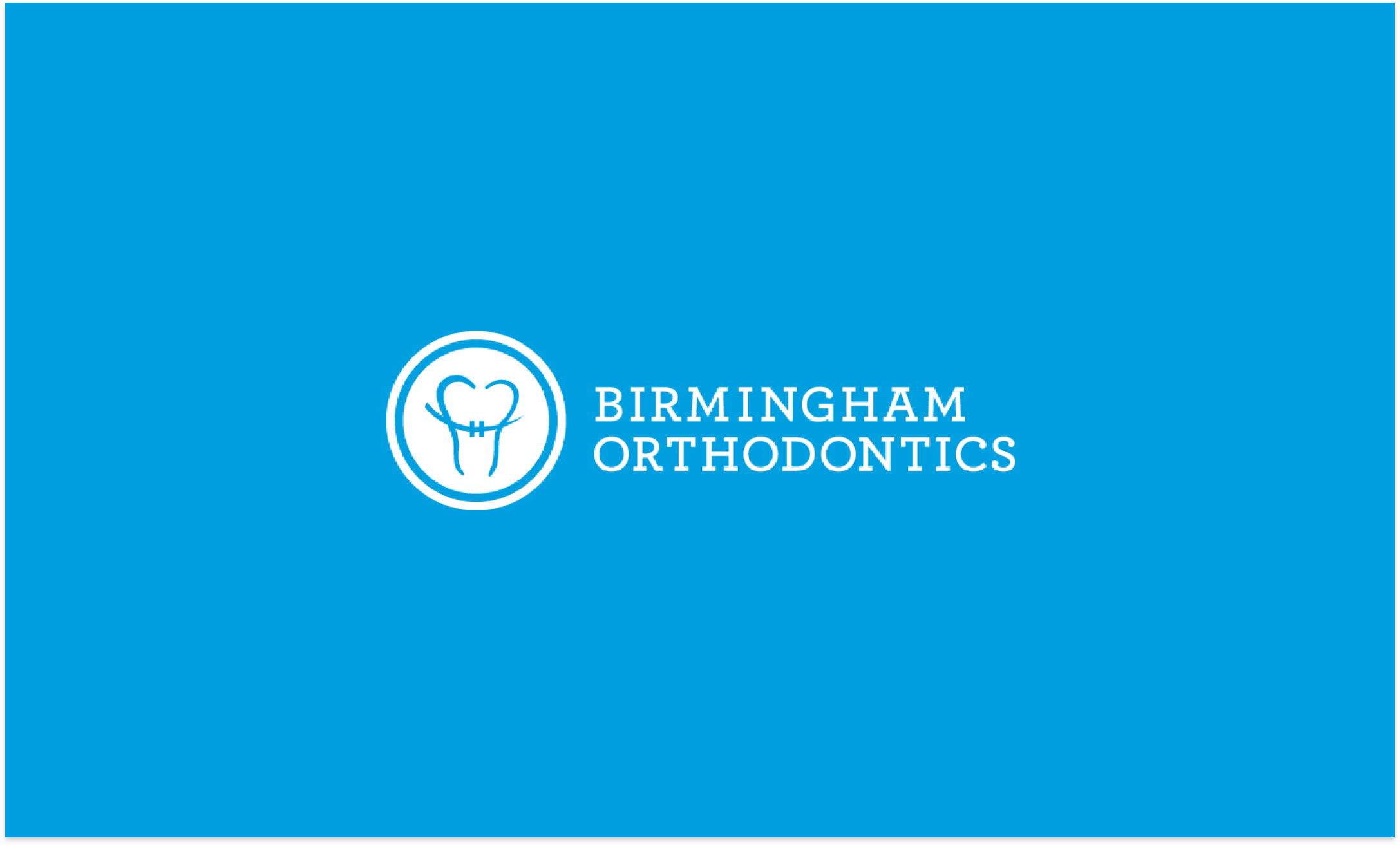If you’re taking the opportunity this summer to binge watch some of the hottest shows you missed during the school year, you may have noticed a trend—we love stories set in ancient and historical times. It’s easy to fall in love with these worlds: kings and queens, warriors, battles for the heart… but before you get completely lost in the romance of days past, take a moment to be thankful for your modern comforts. Especially oral hygiene! Since the common toothbrush was patented in 1857, we’ve been enjoying a much healthier (and better smelling) world, and it’s no wonder, given some of the weird ways we used to have to keep clean…
- Branches and Hair – If you have sensitive gums, you may be hesitant to floss or brush like you’re supposed to, but imagine if you had to use a tree branch instead! Ancient Egyptians and Babylonians would fray the ends of twigs to scrape away pesky plaque or try to pick stuck food from between their teeth. Early toothbrushes and flosses used swine hair as bristles, and horse hair was sometimes used as floss before the invention of nylon. These are smart solutions to tricky, pre-modern problems… but it’s unclear just how fresh and inviting tree bark breath could really be. We’ll let you decide.
- Charcoal Chews – For centuries, cultures across the globe chewed sweet grasses, leaves, grains, waxes, and tree sap, chasing that fresh feeling before the days of Orbit and Juicy Fruit. The first U.S. patent for chewing gum to be sold commercially was filed by an Ohio dentist named William Finley Semple. His genius, mouth-watering formula? Charcoal and chalk. We may complain about today’s gum flavors not lasting long enough, but who would want to taste this one at all?
- Vinegar Rinse – We tend to think of our eagerness for white teeth as a modern concern, but even before toothpaste people were chasing down pearly white smiles. A mix of salt and vinegar as a rinse or abrasive rub was quite popular in days gone by. In fact, some people still advocate for this method as a natural alternative to commercial whitening products. Does it work? Only sort of. This kind of rub may scrub a bit of the yellow away, but no more than a commercial product would; plus, using something that abrasive over time damages teeth and increases sensitivity. Spare yourself the sour pucker and step into this century!
- Tooth Powder –You’re probably familiar with fluoride, peppermint, and baking soda as toothpaste ingredients. But how about pumice, burnt eggshells, and ox hoof ashes like the Ancient Egyptians used? Maybe you’d prefer crushed bones and oyster shells, à la the Ancient Greeks and Romans. For a less abrasive option, you could go with the Persian formula of burnt snail shells, herbs, and honey. Or, if 18th Century Britain is your preferred period, a tooth powder of baking soda, brick dust, earthenware, and cuttlefish may be more your style. Delicious? No thanks!
For thoroughly modern tips about how to clean around your braces most effectively, ask one of our friendly professionals at Birmingham Orthodontics today!
At Birmingham Orthodontics, our mission is simple: we create smiles. Not only do we straighten the crooked grin, fix the bite, and adjust the jaw, we also brighten yearbooks, help young people come to like their looks, and give adults the confidence they have wanted for a long, long time. We also believe in our staff. Our culture of continuous learning has allowed us to host monthly training sessions for each team and bring in leading industry consultants to help keep us ahead of the curve. Contact us for a free consultation, or any questions you might have.








